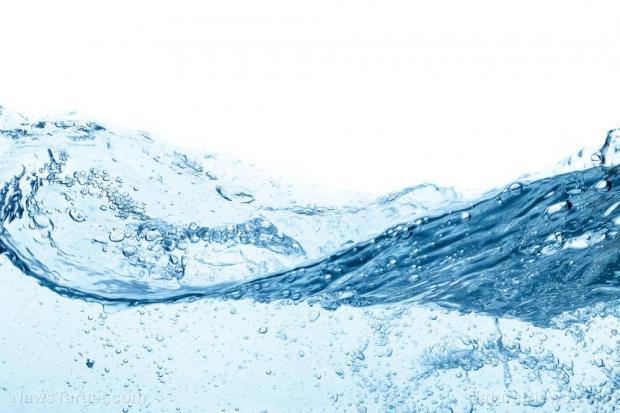
Breaking News
 Wash Post Editorial Board Turns Against Climate Agenda?!
Wash Post Editorial Board Turns Against Climate Agenda?!
 One Year Ago I Predicted and Described in Detail Huge Mars AI Plans that Elon Musk Confirmed...
One Year Ago I Predicted and Described in Detail Huge Mars AI Plans that Elon Musk Confirmed...
 British Teachers To "Spot Misogyny" In Boys And Target Them For Reeducation
British Teachers To "Spot Misogyny" In Boys And Target Them For Reeducation
 Democrats Refuse To Release Post-Mortem Of 2024 Election Loss, DNC Chair Says
Democrats Refuse To Release Post-Mortem Of 2024 Election Loss, DNC Chair Says
Top Tech News
 This tiny dev board is packed with features for ambitious makers
This tiny dev board is packed with features for ambitious makers
 Scientists Discover Gel to Regrow Tooth Enamel
Scientists Discover Gel to Regrow Tooth Enamel
 Vitamin C and Dandelion Root Killing Cancer Cells -- as Former CDC Director Calls for COVID-19...
Vitamin C and Dandelion Root Killing Cancer Cells -- as Former CDC Director Calls for COVID-19...
 Galactic Brain: US firm plans space-based data centers, power grid to challenge China
Galactic Brain: US firm plans space-based data centers, power grid to challenge China
 A microbial cleanup for glyphosate just earned a patent. Here's why that matters
A microbial cleanup for glyphosate just earned a patent. Here's why that matters
 Japan Breaks Internet Speed Record with 5 Million Times Faster Data Transfer
Japan Breaks Internet Speed Record with 5 Million Times Faster Data Transfer
 Advanced Propulsion Resources Part 1 of 2
Advanced Propulsion Resources Part 1 of 2
 PulsarFusion a forward-thinking UK aerospace company, is pushing the boundaries of space travel...
PulsarFusion a forward-thinking UK aerospace company, is pushing the boundaries of space travel...
 Dinky little laser box throws big-screen entertainment from inches away
Dinky little laser box throws big-screen entertainment from inches away
 'World's first' sodium-ion flashlight shines bright even at -40 ºF
'World's first' sodium-ion flashlight shines bright even at -40 ºF
Scientists use cheap plastic lenses to make solar-powered desalination systems more effective

(Natural News) As it turns out, the addition of cheap, plastic lenses can effectively boost the efficiency of solar-powered water desalination systems.
This is according to researchers from Rice University's Laboratory for Nanophotonics (LANP), who found that by concentrating sunlight into "hotspots" using lenses, they could boost the efficiency of solar-powered membrane distillation desalination systems by more than 50 percent.
"The typical way to boost performance in solar-driven systems is to add solar concentrators and bring in more light," Pratiksha Dongare, a graduate student in applied physics at Rice's Brown School of Engineering and co-lead author of the paper, said.
As detailed in their study, which was published in Proceedings of the National Academy of Sciences, conventional membrane distillation involves flowing hot, salty water across one side of a sheetlike membrane while cool, filtered water flows across the other. This temperature difference between the two creates a difference in vapor pressure, which then drives water vapor from the heated side through the membrane toward the cooler, lower-pressure side.
According to the researchers, scaling up conventional membrane distillation technology is difficult because the temperature difference across the membrane is inversely proportional to the size of the membrane being used.
Rice's "nanophotonics-enabled solar membrane distillation" or NESMD technology, however, addresses this by using light-absorbing nanoparticles to turn the membrane itself into a solar-driven heating element.
"The big difference here is that we're using the same amount of light. We've shown it's possible to inexpensively redistribute that power and dramatically increase the rate of purified water production," Dongare explained.
In order to test their theory, which involves exploiting an inherent and previously unrecognized nonlinear relationship between incident light intensity and vapor pressure, the research team first coated the top layer of their membranes with low-cost, commercially available nanoparticles that are designed to convert more than 80 percent of sunlight energy into heat.
The concept and particles used in the NESMD were first demonstrated in 2012 by LANP director Naomi Halas and research scientist Oara Neumann, who are both co-authors on the new study.



